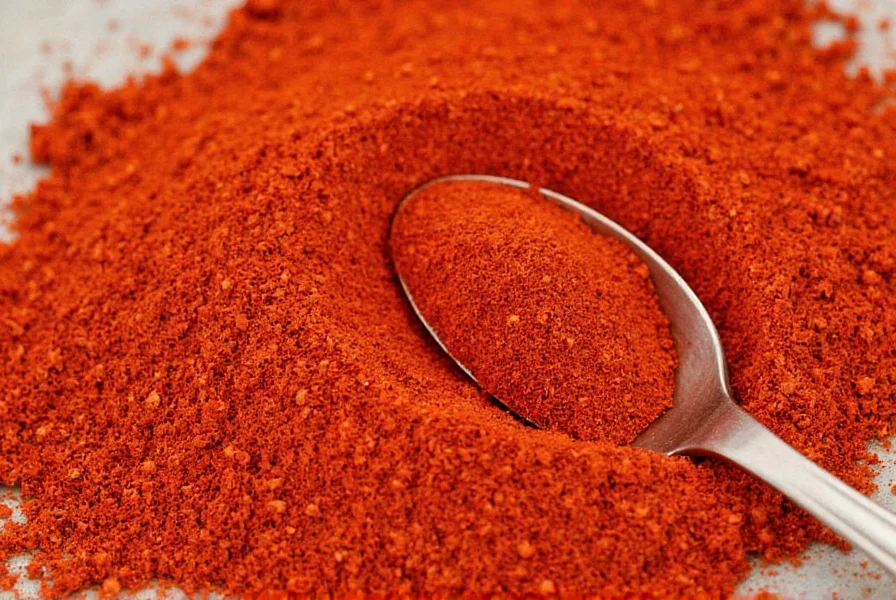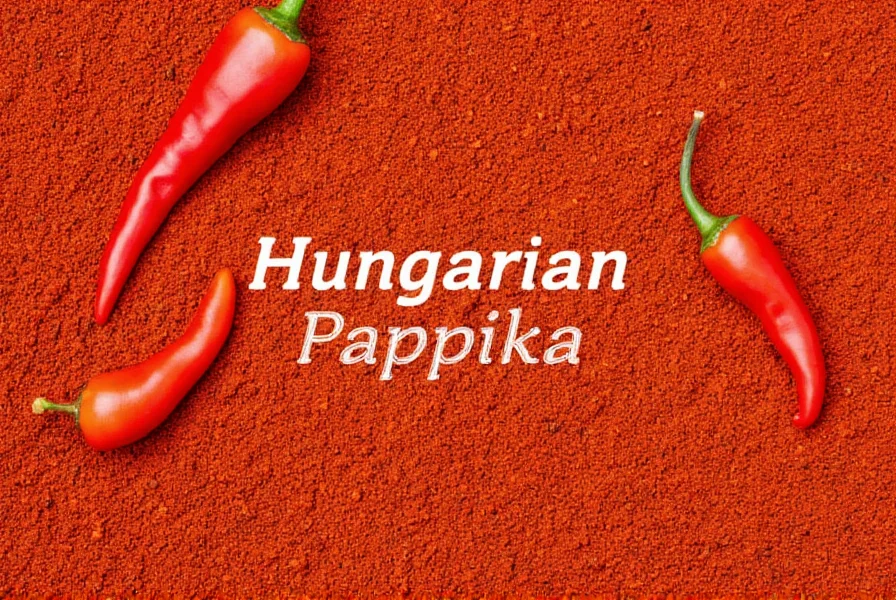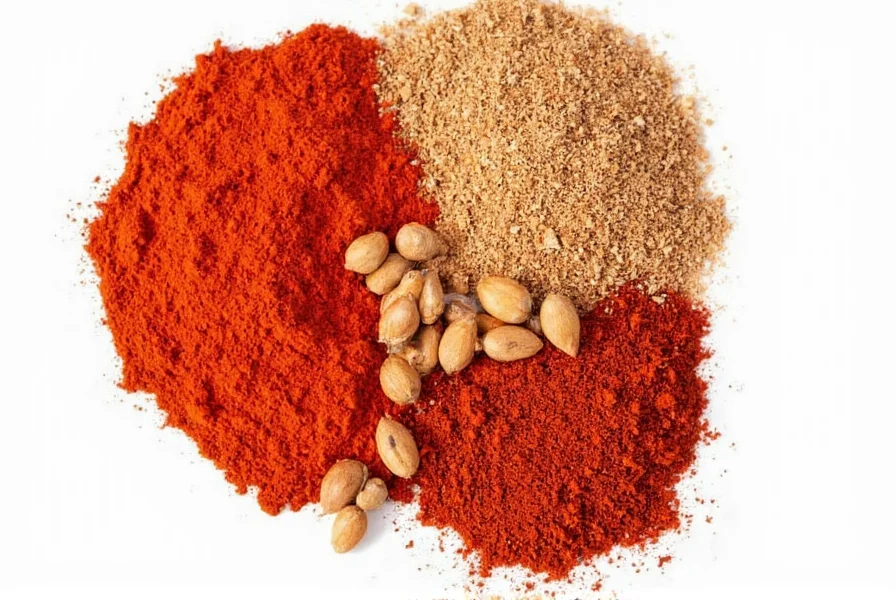Hungarian paprika represents one of the world's most distinctive spice traditions, with a history spanning over 400 years since peppers were introduced to Hungary from the Americas. Unlike generic paprika found globally, authentic Hungarian varieties undergo specific cultivation and processing methods that create unparalleled depth of flavor and consistent quality. The European Union grants Hungarian paprika Protected Geographical Indication (PGI) status, ensuring only paprika produced in designated Hungarian regions using traditional methods can bear the name.
The Cultural Heritage of Hungarian Paprika
Since the 16th century, paprika has evolved from a decorative garden plant to Hungary's national spice and culinary symbol. The town of Szeged became the epicenter of paprika production in the 19th century, developing specialized drying and grinding techniques that preserve the peppers' vibrant color and complex flavor compounds. Hungarian households traditionally display paprika prominently in their kitchens, and the spice plays a central role in cultural celebrations like the annual Szeged Paprika Festival.
Understanding Hungary's Eight Official Paprika Varieties
Hungarian paprika classification follows a precise system based on heat level and preparation method. The National Food Chain Safety Office of Hungary recognizes eight distinct varieties, each with specific characteristics:
| Variety Name | Heat Level | Flavor Profile | Primary Culinary Use |
|---|---|---|---|
| Édesnöm (Sweet) | Mild (0-500 SHU) | Fruity, sweet, vibrant red | Goulash, fish soup, chicken paprikash |
| Csípősmentes (Non-pungent) | Mild | Sweet with subtle complexity | Sauces, salad dressings |
| Csemege (Fine Quality) | Mild to medium | Balanced sweet with slight warmth | General cooking, marinades |
| Csemege Extra | Mild | Exceptionally smooth, rich color | Premium dishes, finishing spice |
| Rózsa (Rose) | Medium | Floral notes, moderate heat | Meat dishes, stews |
| Erős (Strong) | Hot | Intense heat, robust flavor | Spicy goulash, traditional recipes |
| Erős Extra | Very hot | Powerful heat, complex undertones | Specialty dishes, small quantities |
| Edes (Sweet) Special | Mild | Extraordinarily sweet, deep color | Gourmet applications, finishing |
What Makes Hungarian Paprika Unique
The distinctive qualities of authentic Hungarian paprika stem from specific geographical and production factors. The microclimate of Hungary's Great Plain region, with its hot summers and fertile soil, produces peppers with optimal sugar content and carotenoid levels. Traditional processing involves air-drying peppers in shaded barns for 6-8 weeks, followed by stone grinding at low temperatures to preserve volatile flavor compounds. This contrasts with industrial methods used elsewhere that employ high-heat processing, which degrades flavor and color.
When comparing Hungarian paprika versus Spanish paprika, the differences become apparent in both flavor profile and application. While Spanish paprika (pimentón) often features smoked varieties and tends to be earthier, Hungarian paprika emphasizes pure pepper flavor with distinct sweet-to-hot progression. Understanding the difference between Hungarian and Spanish paprika helps cooks select the appropriate spice for authentic recipes.

Mastering Culinary Applications
Authentic Hungarian paprika varieties require specific handling to maximize their potential. Unlike many spices, Hungarian paprika should never be added directly to hot oil, as temperatures above 175°F (80°C) cause the carotenoids to break down, resulting in bitterness. Instead, professional Hungarian chefs create a roux by mixing paprika with a small amount of fat at low heat before incorporating other ingredients.
For traditional Hungarian paprika recipes like goulash or chicken paprikash, the timing of paprika addition proves critical. Adding it too early creates bitterness, while adding it too late fails to develop the characteristic flavor. The ideal technique involves sautéing onions until golden, removing the pot from heat, stirring in the paprika with a spoonful of broth, then returning to low heat before continuing with the recipe.
Selecting and Storing Authentic Hungarian Paprika
When searching for genuine Hungarian paprika, look for specific indicators of quality and authenticity. The best Hungarian paprika for goulash typically carries the "Magyar Fűszerpaprika" certification mark and specifies either Szeged or Kalocsa as the origin. Whole pepper pods packaged with the ground spice indicate higher quality, as producers confident in their product showcase the source material.
Proper storage significantly impacts shelf life and flavor retention. How to store Hungarian paprika properly involves keeping it in an airtight container away from light and heat. The ideal storage temperature ranges between 50-60°F (10-15°C), with humidity below 60%. Properly stored, high-quality Hungarian paprika maintains optimal flavor for 8-12 months, though the vibrant red color may begin fading after 6 months.

Avoiding Common Paprika Mistakes
Many home cooks make critical errors when working with Hungarian paprika that compromise dish quality. Adding paprika to boiling liquid destroys its delicate flavor compounds, while substituting standard supermarket paprika for authentic Hungarian varieties results in bland, one-dimensional dishes. Understanding Hungarian sweet paprika vs hot paprika ratios proves essential for authentic flavor balance.
For those wondering where to buy genuine Hungarian paprika, specialty import markets, Hungarian grocery stores, or reputable online spice merchants provide the best options. Avoid products with additives like salt, fillers, or anti-caking agents, which dilute flavor and indicate lower quality. The finest Hungarian paprika contains only ground peppers with no additional ingredients.
Frequently Asked Questions
What makes Hungarian paprika different from regular paprika?
Hungarian paprika differs through its specific pepper varieties, traditional air-drying methods, and stone grinding process. Authentic Hungarian paprika has protected geographical status (PGI), comes in eight distinct varieties from sweet to hot, and contains higher concentrations of flavor compounds and carotenoids than generic paprika produced elsewhere.
How can I tell if my Hungarian paprika is authentic?
Authentic Hungarian paprika will display the "Magyar Fűszerpaprika" certification mark, specify either Szeged or Kalocsa as origin, and list only "paprika" as the ingredient. The packaging should mention PGI (Protected Geographical Indication) status, and high-quality versions often include whole pepper pods in the container to verify the source material.
Why does my paprika taste bitter when I cook with it?
Bitterness occurs when Hungarian paprika is exposed to high heat directly. The delicate flavor compounds break down at temperatures above 175°F (80°C). To prevent bitterness, remove the cooking vessel from heat before adding paprika, mix it with a small amount of liquid or fat first, then return to low heat. Never add paprika directly to hot oil.
What's the best Hungarian paprika for traditional goulash?
The best Hungarian paprika for goulash is typically Csemege (Fine Quality) or Édesnöm (Sweet) variety. These provide the characteristic deep red color and balanced sweet flavor without overwhelming heat. Traditional Hungarian goulash recipes use sweet paprika rather than hot varieties, with the spice blend creating complexity through other ingredients like caraway rather than heat.
How long does Hungarian paprika stay fresh?
Properly stored Hungarian paprika maintains optimal flavor for 8-12 months. Store in an airtight container away from light and heat at 50-60°F (10-15°C) with humidity below 60%. The vibrant red color may begin fading after 6 months, signaling decreasing quality. To test freshness, rub a small amount between your fingers - fresh paprika should have a strong, sweet-peppery aroma.











 浙公网安备
33010002000092号
浙公网安备
33010002000092号 浙B2-20120091-4
浙B2-20120091-4